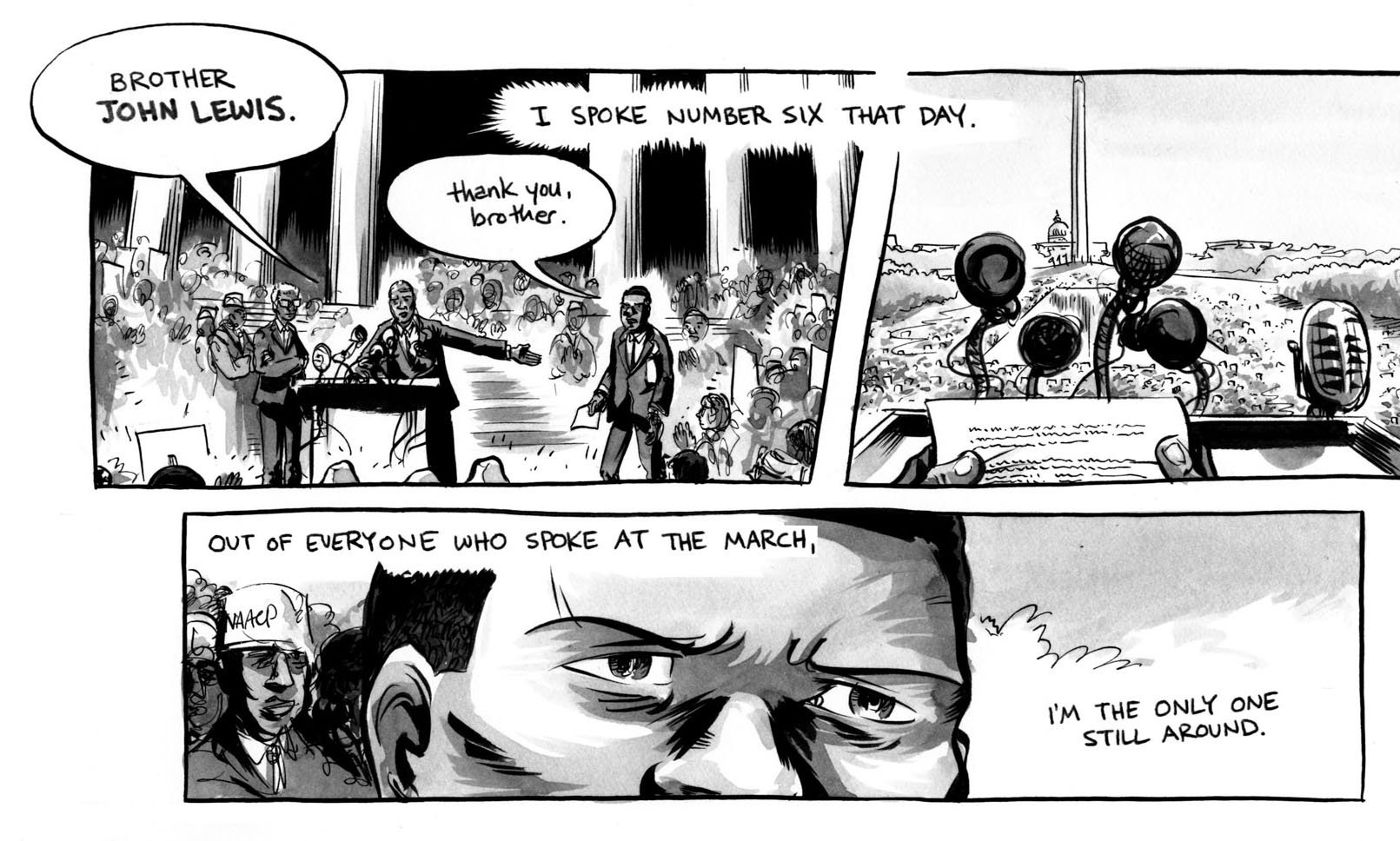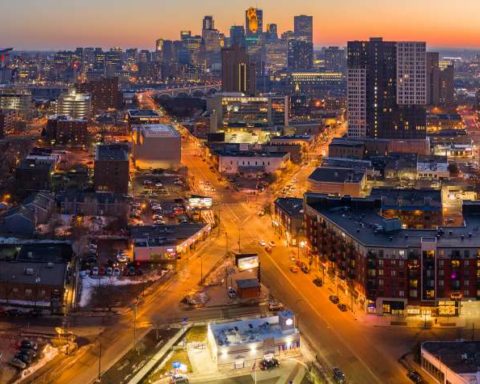NEW YORK—“March: Book One” by John Lewis, Andrew Aydin and Nate Powell begins on Bloody Sunday on the Edmund Pettus Bridge. A group of protestors surrounded by officials armed with tear gas and batons, ready for a fight. Then, a few pages later, we are blasted farther back to when John Lewis was just a child in Alabama and hadn’t yet inspired so many people. As the book goes on we are taken through points of John Lewis’s life that made him the person that changed the world and inspired thousands.
The book takes an inspiring tone as it takes us from event to event that John Lewis and others faced; including marches, protests, arrests and more. John Lewis is the narrator, telling the story to two young boys visiting the Congressman. The book is informative and interesting and, most importantly, it connects to the year 2020. The Civil Rights and Black Lives Matter movements both had founders and organizers that spent hours planning.
The BLM movement was co-founded by Patrisse Khan-Cullors, Alicia Garza, and Opal Tometi in 2013. The point of the movement is to fight for “freedom, liberation, and justice” for Black people. BLM has roots in the Civil Rights movements in the 1960s which was led by Martin Luther King Jr., Malcolm X, Rosa Parks, John Lewis, Bayard Rustin, James Farmer, Hosea Williams, Whitney Young Jr., and Roy Wilkins. The point of the civil rights movement was to end racial discrimination against Black people and gain equal rights under the law. Both movements took many risks to start, join and participate in. Book One of “March” focuses on organizing protests and marches (all peaceful) to reach a goal, something that inspires and leads current leaders.
When John Lewis first attempted to join the civil rights movement, he was not yet 18. Therefore, he had to get permission from his parents as it would’ve had a major effect on them and their safety. Leaders and the families of leaders were faced with attacks, both mental and physical. Some of which were deadly.
The co-founders of BLM face dangers daily. According to Patrisse Khan-Cullors in her book, “When They Call You a Terrorist: A Black Lives Matter Memoir,” people that attend marches have died, been injured and been arrested. All of these also happened during marches of the Civil Rights movement. Furthermore, all of these marches during the civil rights movement started out as peaceful protests, but were faced with brutal attacks. The same is happening to the BLM movement.
The Civil Rights and Black Lives Matter movements are very similar. Many inspirations and guidelines were taken from the 1960s protests. Hopefully, BLM’s goal will be reached just like the Civil Rights movement’s goal was reached.







